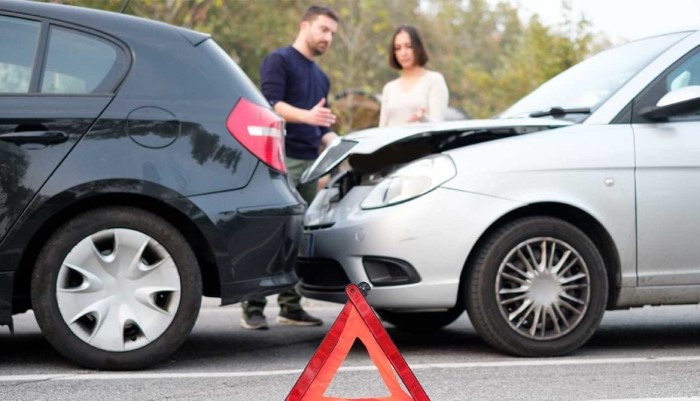Rear-impact car accidents occur when a vehicle crashes into another moving or stationary vehicle from behind. These accidents are some of the most common types of traffic accidents in the United States, accounting for over thirty percent of all incidents involving motor vehicles each year. Like all car crashes, these accidents carry a serious risk of physical injury and property damage.
It can leave victims with hundreds of thousands of dollars in losses resulting directly or indirectly from the incident. Although it is possible to recover from most physical injuries, some might result in lasting disability or even death.
If you or a family member were hurt in a rear-end collision, you may qualify to file a lawsuit at the expense of the negligent driver to obtain compensation for your losses. An experienced attorney can protect your legal rights from infringement and ensure that your claim will receive justice in a court of law. Keep reading for more information on how liability is determined in such cases.
Liability in Rear-Impact Crashes
Each driver has a responsibility to ensure a safe distance from the vehicles in their immediate vicinity. Most claims find the driver of the rear vehicle responsible for the crash because they should have reacted in time to prevent the incident and damage. However, determining liability in traffic accident lawsuits is not always black-and-white, and several factors can impact how negligence is established.
For example, the driver of the vehicle in the front might be held liable for the incident if they were brake checking or panic stopping in the middle of the road. Similarly, the driver of the other vehicle might be involved in tailgating or reckless driving or simply trying to avoid an obstacle or safety hazard on the road. To accurately determine negligence in such accidents, it is crucial to consult a lawyer as soon as possible.
An experienced lawyer will advise you regarding your next steps in seeking legal recourse and compile physical evidence that supports your legal claim. Your lawyer will also represent you in any settlement negotiations or court hearings in the future.
Forms of Financial Compensation
You can file at the expense of the negligent party to obtain compensation for damages such as loss of income, medical expenses, and costs of ongoing treatment. You can also receive compensation for emotional pain and suffering, loss of companionship, and more. In some cases where the incident occurs in a state where the law of contributory negligence is observed, your financial compensation might be reduced.
It’s simply to account for how much was truly the other party’s fault. In some cases, you might be responsible for paying back some of the damage. You can, however, still seek legal action against the offending driver and hold them responsible for their role in the crash.
Conclusion
Determining liability in rear-impact car accidents involves multiple considerations and depends on the specifics of each incident and surrounding circumstances. If you or a family member were hurt in such a crash, you can hire an expert attorney for representation in a personal injury lawsuit against the driver responsible for your accident and explore your legal options.
They will go over your case and determine what your next steps should be. It’s in your best interest to reach out to a legal team that will fight for you. They will make sure that you get the justice you deserve.




